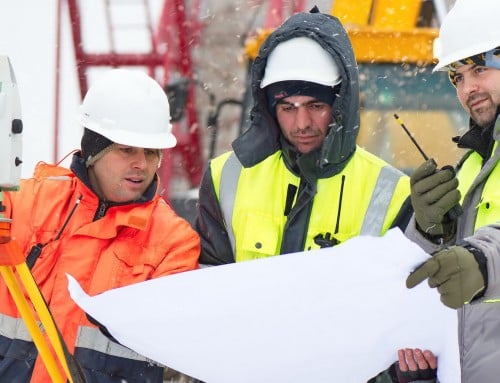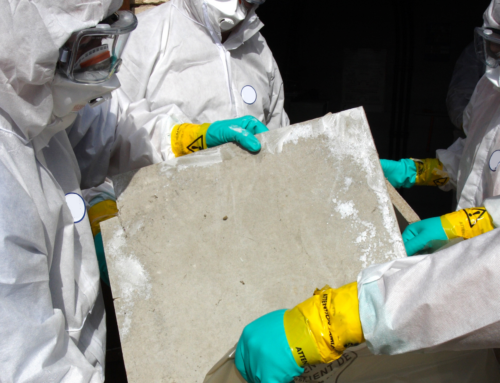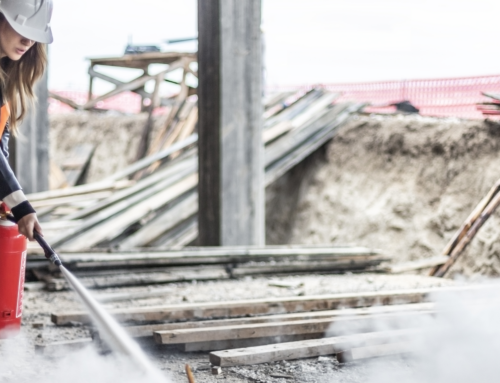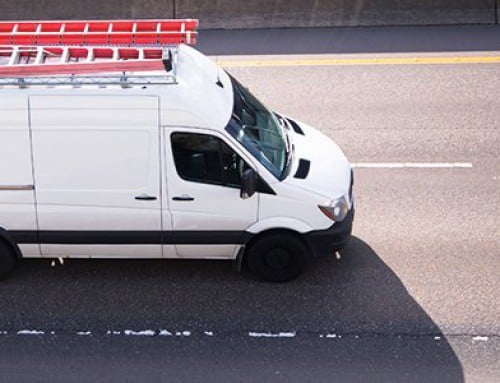Improperly installed temporary heaters are often the cause of major fire losses on construction projects.
Temporary heaters are commonly used for specific heating tasks such as ground thawing, concrete curing, or general drying purposes. Heaters, such as salamander or radiant type, are common on construction sites. They are typically un-vented and self-contained portable units. These heaters can be either LPG propane/natural gas or liquid fuel units. The heat radiating from these units is extremely intense and commonly requires eight feet clearance.
The most common reason for fires from temporary heating is the lack of proper clearance when the unit is installed.
Guidelines for using temporary heaters
- Only units “listed” or “approved” by a recognized testing organization such as UL/ULC or CSA should be used on the job site
- Temporary heaters should be used for their intended purpose only. They should be installed and operated according to manufacturers’ instructions
- Check with your insurance company to ensure that the types you are planning to use are not prohibited under policy coverage
- A written operating procedure should be established based on the manufacturers’ instructions. This will ensure safe installation and operation of the unit
- Each heater has a data plate indicating the necessary clearances to combustibles, ventilation requirements and fuel type, etc. You must adhere to these specifications
- Multi-purpose fire extinguishers with a minimum of a 3A 10BC rating should be provided where temporary heaters are used
LPG (Propane) and NG heater safety
Propane heater safety is critical in ensuring a safe working environment on job sites where propane heaters are in use. While propane heaters are effective and widely used, they come with specific risks that must be managed to prevent accidents, injuries, and property damage. Here are the key safety considerations and best practices for using propane heaters on construction sites:
- Ensure unit has proper ventilation
- Use approved heaters
- Follow the manufacturer’s instructions when operating
- Check for gas leaks
- Use appropriate fuel
- Practice fire safety precautions
- Implement training and awareness sessions for employees
- Practice regular maintenance
Proper safety measures not only protect workers but also contribute to the overall success and safety of construction projects.
Alternative solutions to temporary heating
- Placing a heater outside and away from the building. For hot air units, ductwork will be required to bring the heat into the building
- Heating units that pipe hot water into a building and distribute the heat through various methods are another safe alternative to an open flame heater. The heater should be located in a safe location outside the building
- If possible, the building’s permanent heat source is the preferred method of heat
- Using alternative solutions to temporary heating will significantly reduce your risk of fire
Safety tips for electric heaters
Electric heaters can be used indoors since they don’t create fumes, and some commercial models can be used with ducting. But like all heaters, they still pose a fire risk. If you’re using an electric heater, exercise caution – you can minimize the risk of accidents by following our additional safety tips below:
- Electric heaters should not use an extension cord
- Electric heaters should include a tip-over switch that turns the unit off in the event it is accidentally knocked over
Ensure your business is protected
Temporary heater safety is extremely important to protect your employees and mitigate risk to your property & equipment. As a business owner, it’s also important to consider putting a loss prevention plan in place to protect your business from any fire-related losses. Learn more about business insurance today!
This blog is provided for information only and is not a substitute for professional advice. We make no representations or warranties regarding the accuracy or completeness of the information and will not be responsible for any loss arising out of reliance on the information.






